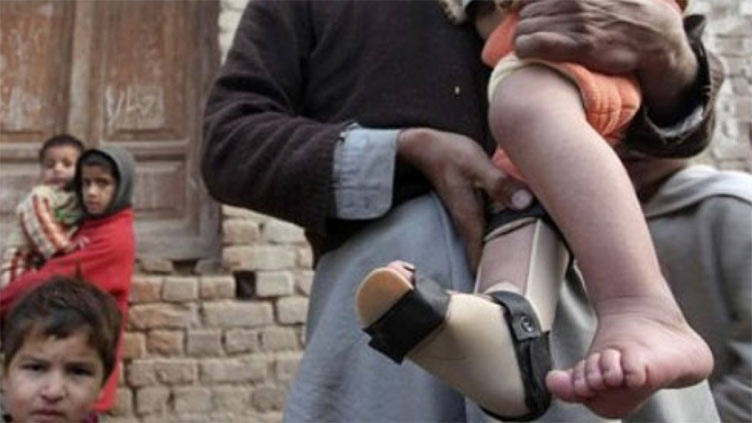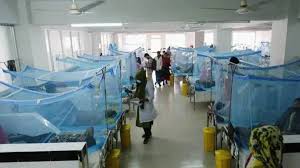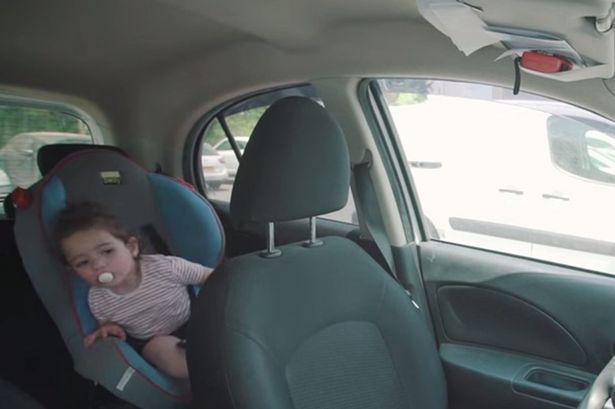An outbreak of acute severe, unexplained hepatitis in previously healthy children in 2022 may be linked to adeno-associated virus 2, or AAV2, according to three independent studies published Thursday in the journal Nature.
Between April and July 2022, more than 1,000 children worldwide – at least 350 of them in the United States – were diagnosed with hepatitis, a disease involving liver inflammation, with no known cause. Nearly 50 needed liver transplants, and 22 children died, according to the World Health Organization.
New research suggests that AAV2 might be implicated in the disease. This common childhood virus cannot copy itself unless in the presence of another “helper” virus, such as adenovirus or herpesvirus. AAV2 was present among nearly all of the children with unexplained acute hepatitis, and many were infected with multiple helper viruses, the researchers found.
Although the researchers can’t say for sure, the timing of the outbreak may have been associated with the global loosening of Covid-19 pandemic restrictions after periods of relative isolation.
“Children were suddenly exposed to a barrage of viruses after lockdowns or had poorly trained immune systems that led to an increased susceptibility to otherwise harmless viruses,” Dr. Frank Tacke, a gastroenterologist from Germany who was not involved with the research, wrote in an editorial published alongside the new studies.
Consistent link among studies
One of the new studies, which analyzed tissue samples from children in the United States, detected AAV2 in 93% of 14 cases but only 4% of 113 controls. The researchers found that all children infected with AAV2 had co-infection with a “helper” virus – either human herpesvirus 6 or Epstein-Barr virus – that might promote AAV2 replication.
“Our results suggest that co-infection with AAV2 may cause more severe liver disease than infection by an adenovirus or herpesvirus alone,” the authors wrote.
A second study, which took place in the United Kingdom, reported high levels of AAV2 in 96% of 28 affected children and only low levels in a control group. Low levels of human adenovirus and human herpesvirus 6 were found in the liver in most cases, which the authors similarly speculate enabled AAV2 replication and liver damage.
A third study suggests that abnormal immune response might promote AAV2 liver damage. Researchers in the United Kingdom found high levels of AAV2 in blood and liver samples of 81% of 32 affected children and detected only low AAV2 levels in 7% of 74 unaffected children. Among the affected group, 93% carried a genetic mutation that predisposes a person to autoimmune diseases involving T cells, a type of immune cell.
























































